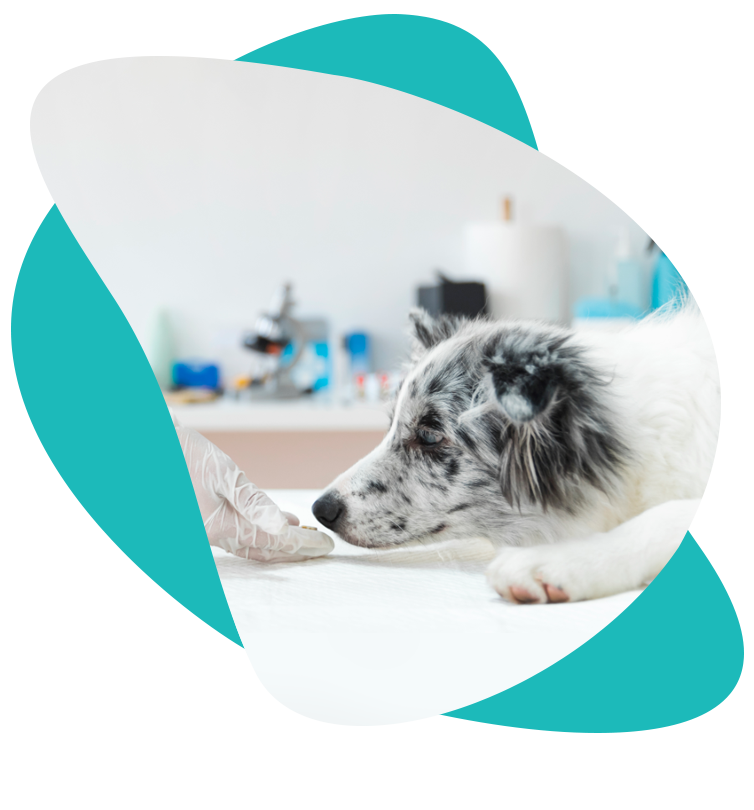
After care
After surgery, the dog may need a stay in the intensive care unit. That’s expensive, no doubt about it, but there’s good reason for it. The staff monitors dogs 24/7, checking incisions for oozing or signs of infection and changing bandages as needed. Dogs are often reluctant to express pain, so a continuous infusion of pain medication helps keep them comfortable, which is a big part of a successful and speedy recovery. Most dogs can start walking for short periods within a few days and do not require pain medication more than two weeks. They can start to get up without help. If the incisions look as if they are healing well, the dog can start taking pain medication orally and begin physical rehabilitation. Depending on the severity of the injury and the number and type of fractures, dogs and cats may go home as soon as the next day or be hospitalized for a few days. After a healing time of 8 to 12 weeks of restricted activity, they can get back to running up and down the stairs, playing and going for walks. Today, the cost of this type of repair and hospitalization, which usually includes radiography, anesthesia, pain medication, the surgery itself and follow-up visits, can be quite expensive depending on severity of the injuries and whether the dog needs a stay in the ICU. Not everyone can afford that level of veterinary care, and it’s heartbreaking when people must make a decision of economic euthanasia. Some people are able to use credit cards or Care Credit, borrow from family and friends, or set up fund-raisers to help cover the costs. I know that folks who are able to give their dogs this second chance are awfully grateful to still have them in their lives.
